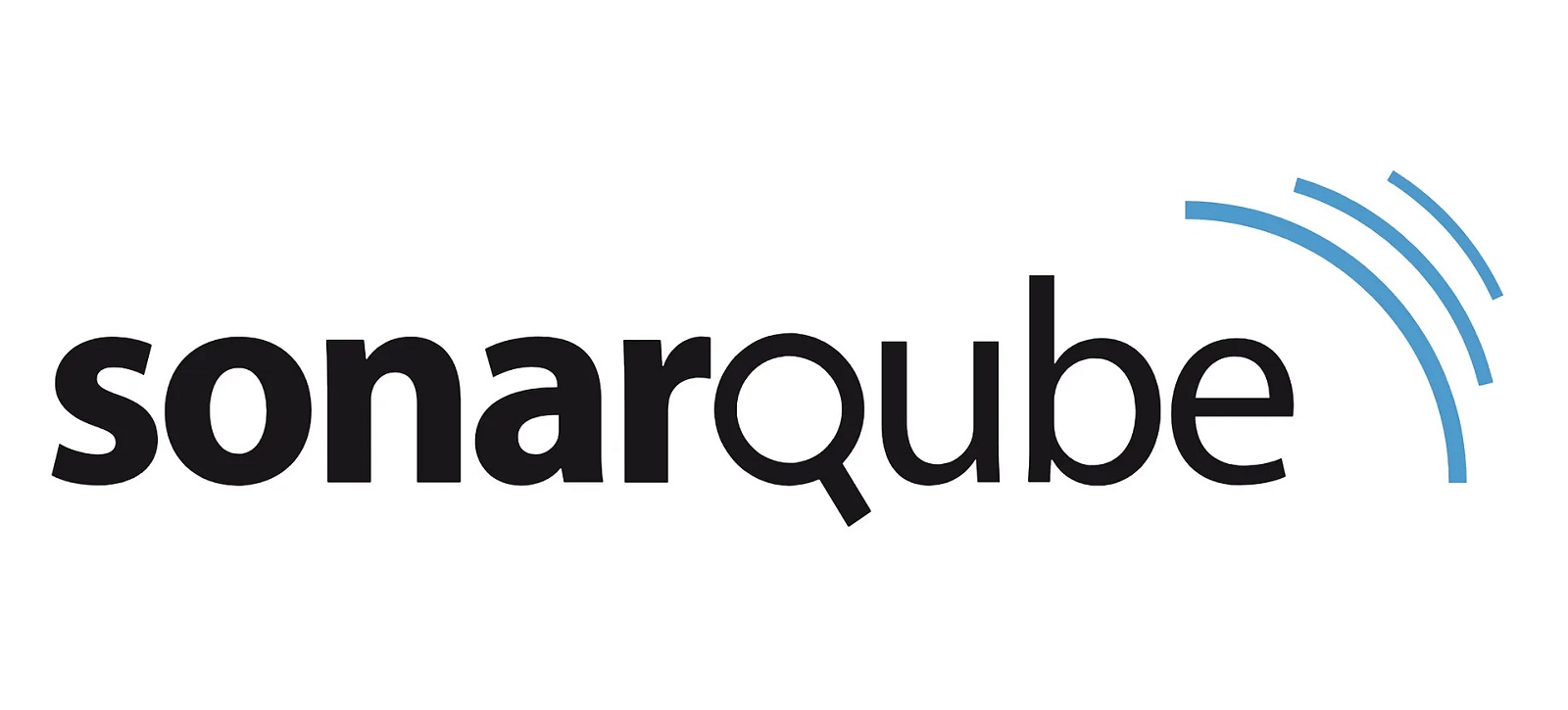As organizations grow, managing code quality and security for large-scale .NET projects becomes increasingly challenging. SonarQube, a robust code analysis tool, offers features to handle enterprise-level requirements effectively. This guide will walk you through scaling SonarQube for large codebases, multiple teams, and complex development workflows.
Table of Contents
Challenges in Scaling SonarQube
Scaling SonarQube for enterprise use introduces unique challenges, including:
- Large Codebases: Analyzing millions of lines of code efficiently.
- Multiple Teams: Coordinating code quality efforts across distributed teams.
- Integration with Complex Workflows: Ensuring seamless integration with CI/CD pipelines for various projects.
- Resource Management: Optimizing server performance to handle high workloads.
Enterprise Features in SonarQube
SonarQube’s enterprise edition offers several features designed for large-scale .NET development:
- Portfolio Management: Aggregate metrics from multiple projects to gain insights at the organizational level.
- Role-Based Access Control (RBAC): Assign roles and permissions to manage access for large teams.
- High Availability (HA): Deploy SonarQube in a clustered environment to ensure reliability and scalability.
- Project Branch Analysis: Analyze feature branches and merge requests to maintain consistent code quality.
Managing Multiple Projects and Teams
Efficient management of multiple projects and teams requires structured organization and clear guidelines:
- Set Up Project Portfolios: Group related projects into portfolios to track code quality at a higher level.
- Standardize Quality Profiles: Use shared quality profiles to ensure consistency across all projects.
- Define Permissions: Use RBAC to assign appropriate access levels to developers, team leads, and administrators.
- Monitor Metrics: Regularly review key metrics like code coverage, bugs, and vulnerabilities for all projects.
Performance Optimization for Large Codebases
Scaling SonarQube for enterprise use involves optimizing performance to handle large codebases efficiently:
- Increase Server Resources: Allocate more CPU, memory, and disk space to the SonarQube server.
- Optimize Database Performance: Use high-performance databases like PostgreSQL and tune configurations for optimal throughput.
- Enable Incremental Analysis: Use incremental analysis to reduce the time required for scanning large projects.
- Clustered Deployment: Deploy SonarQube in a clustered environment to balance workloads and ensure high availability.
Best Practices for Enterprise Use
To maximize the benefits of SonarQube at an enterprise level, follow these best practices:
- Establish Governance: Define governance policies to enforce quality standards across teams.
- Automate Reporting: Set up automated reports to share insights with stakeholders regularly.
- Encourage Collaboration: Promote cross-team collaboration by sharing best practices and lessons learned.
- Continuous Training: Train teams on using SonarQube and interpreting its metrics effectively.
- Monitor Usage: Regularly monitor SonarQube usage and performance to identify and address bottlenecks.
Conclusion
Scaling SonarQube for enterprise .NET development enables organizations to maintain high code quality standards across large codebases and multiple teams. By leveraging SonarQube’s enterprise features and following best practices, you can ensure efficient and effective management of code quality and security.

